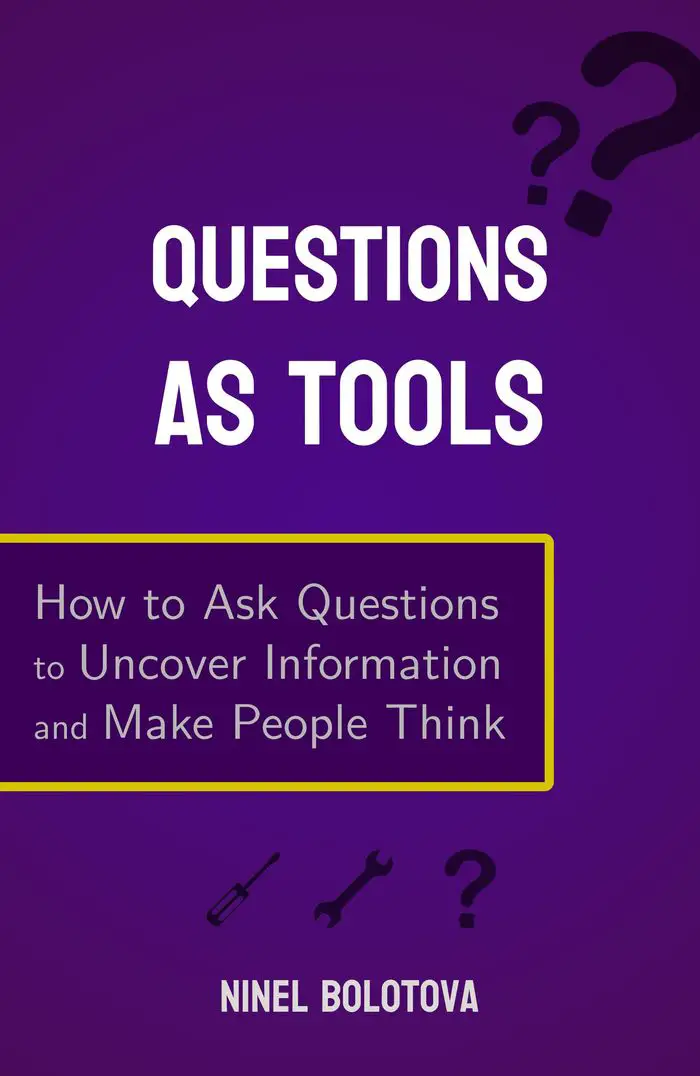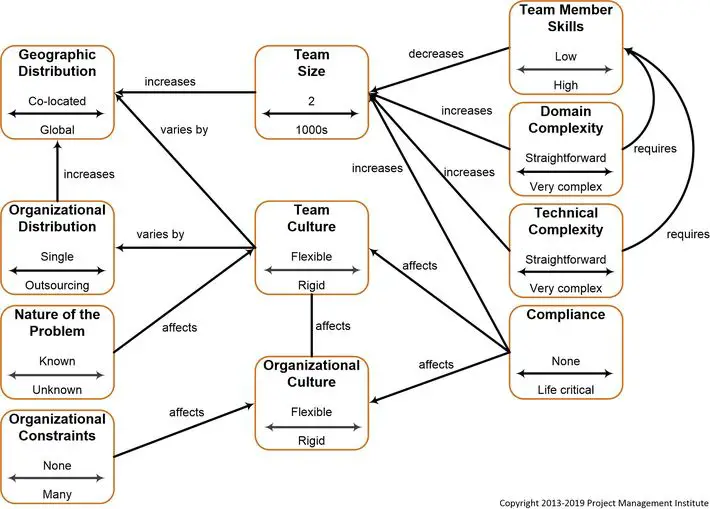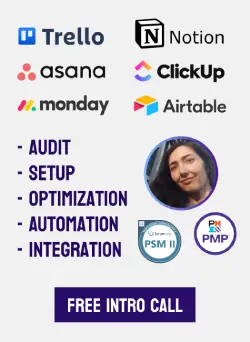Disciplined Agile Certifications - Is DASSM Worth It?
When you heard about Disciplined Agile for the first time, your first thought probably was:
“What? Yet another Agile framework on top of SAFe, LeSS, and a dozen more already out there?”
However, at this point, you most likely know that DA embraces the existing frameworks and aims to help you choose the best approach for your current needs.
But does Disciplined Agile provide substantial benefits? Should you delve deeper into learning it?
And is it worth getting certified by PMI to become a Disciplined Agile Scrum Master (DASM) or Disciplined Agile Senior Scrum Master (DASSM)?

photo by @pavel-danilyuk on Pexels
How is disciplined Agile different from Scrum, Lean, and other approaches?
The concept of Disciplined Agile Delivery was created by Scott Ambler and Mark Lines, Agile coaches with many years of experience in software engineering.
As they put it, most Agile methodologies – like Scrum, XP, or Kanban – focus only on a subset of the software delivery process. To get the project from initial conception to full delivery, you’d need to fill in the gaps however you can.
With Disciplined Agile, the authors aimed to bring cohesion and help project managers and teams to choose the best end-to-end approach for their particular project.
The underlying theme of DA is this:
Don’t be religious in following any particular framework or approach. Any framework is a tool, a means to an end. The goal is to deliver a great product. And we’ll use the most suitable tool for it, given the circumstances and restrictions we currently have.
But which framework or approach would be most suitable in your particular circumstances?
And if different teams and projects in an organization run on different frameworks, how do you make them work together?
Those are the questions Disciplined Agile set out to answer.
DA is not a framework that competes with or absorbs other frameworks. Disciplined Agile is a contextual approach for choosing a framework, a tool – your Way of Working – under the given circumstances.
Related: Practical tips for developing an Agile mindset.

Discipline Agile Delivery (DAD) life cycles
DAD offers a choice between six full delivery life cycles: Agile, Lean, the Continuous Delivery variations of Agile and Lean, Exploratory Startup, and Program.
In this overview of DAD Full Delivery Life Cycles, you could find detailed descriptions with explanatory diagrams and links to more information.
Disciplined Agile certifications – what are they, and should I get one?
Disciplined Agile toolkit is owned by PMI
In 2019, Project Management Institute acquired Disciplined Agile.
This gives them the responsibility of maintaining and promoting the DA toolkit – as well as the rights to the “Disciplined Agile” trademark and issuing the DA certifications.
DASM vs. DASSM: what’s the difference?
DASM stands for Disciplined Agile Scrum Master, and the extra “S” in DASSM means “Senior”.
That’s the essence of it: DASM is more of an introductory certification, and DASSM is meant for people with experience on Agile teams who have a solid understanding of DA concepts.
Will the DASM certification make me a Scrum Master?
Introduced in the Scrum Guide, Scrum Master is a role accountable for establishing Scrum the way the Scrum Guide defines it.
Being a Scrum Master from this perspective is quite a specific thing, and it might not be everyone’s cup of tea. Here’s a deeper look into considerations of whether the Scrum Master role is a good fit for you.

photo by @fauxels on Pexels
However, the Scrum Master role isn’t even present in the list of roles in Disciplined Agile Delivery (but Product Owner, a role that originated from the Scrum framework, does exist among the DA roles).
Related: How to pass the Professional Scrum Product Owner exam.
So, while preparing for DASM gives you a good understanding of Scrum principles and frameworks that build upon them, getting certified doesn’t make you a Scrum Master in the sense originally intended by the authors of Scrum.
If you’re looking for a well-recognized Scrum certification, you could obtain one from Scrum.org. They don’t expire and don’t have prerequisites besides a good knowledge of Scrum, so you could go for the second level of Professional Scrum Master certification right away.
But Disciplined Agile is not a substitute for Scrum. DA has its own merits…
The benefits of learning Disciplined Agile
Getting to know Disciplined Agile is a spiritual journey.
If you read through all the materials PMI provides on the section of their website dedicated to DA, if you analyze and meditate on the diagrams shown there, you’ll be a different person than you were when you started reading.
Just take this diagram of relationships between context factors, for example:

image by PMI
On the note of complexity, take a look at the Cynefin framework of complexity management for leaders.
You’ll get the most out of studying DA if you already have a good understanding of classic approaches and frameworks like Scrum, XP, and so on.
If you want to learn more about them, check out my guide to preparing for the Professional Scrum Master certification exam for free – you’ll find various resources and study tips there.
How to prepare for the DASSM certification exam
PMI has a website dedicated to Disciplined Agile. It’s a collection of detailed resources about various aspects of DA: principles, roles, processes, formations like Centers of Excellence, and much more.
Choose your WoW handbook: do you need it to prepare for DASSM?
There’s also a book by Scott Ambler and Mark Lines, Choose your WoW: A Disciplined Agile Delivery Handbook (2nd edition). If you’re a PMI member, you could download the book for free.
The book puts the elements together in a narrative and presents various cases. If you already have some Agile experience, the website materials would be sufficient to give you a full and comprehensive picture of Disciplined Agile approaches.
But the book would be a good addition to that, especially if you prefer a more structured and narrated way of learning.
DASSM exam details
Both DASM and DASSM have the following parameters:
- Non-proctored: you’re not observed during your online exam.
- 50 questions need to be answered within 90 minutes.
- Questions are mostly knowledge-based, not scenario-based.
- Exam Content Outline is provided on the website, giving a detailed breakdown of the exam topics for you to prepare.
- Exam access is provided once you complete a course: see more details below.
DASSM exam simulator
Whenever there’s a chance to simulate a certification exam experience for free, I take it –
see my experiments with PRINCE2 Agile and Practitioner tests. There are also some workflow certificates, like the ClickUp Expert certificate, that you could obtain at no cost.
PMI doesn’t actually provide a full certification simulator for DASSM like they do for PMP and some other exams.
But they give the option to pass the DA knowledge check to see if you’re ready to attempt DASSM. So, rather, it’s a DASM exam simulator, but I think it also gives a good idea of what to expect from the higher-level exam.

photo by @tima-miroshnichenko on Pexels
DASM and DASSM certification costs
The only way to obtain a Disciplined Agile certification is via passing a training course that culminates in an exam. In both cases, you get 14 hours of learning and gain 14 PDUs.
There are two options: the official self-paced training course or choosing from a number of instructor-led courses.
PMI offers self-paced courses with exams for DASM and DASSM. The cost for both is the same: $280 for PMI members and $350 for non-members.
Since the course and the exam are bundled, it’s hard to tell what you pay for the exam itself. What I can say is the total cost is comparable to or less than the fee for most of the PMI exams alone.
The prices for instructor-led courses vary greatly. The fees for a 2-day course fall anywhere from $500 to $1500, depending on the provider.
I noticed that some providers offer the option of purchasing just the course materials with the exam. With a discount, this bundle could go for under $200.
DASM and DASSM certification renewal costs
Like most professional certifications, Disciplined Agile certifications need to be renewed regularly.
Both DASM and DASSM have to be renewed annually. You need to enter 7 Professional Development Units and pay a recertification fee.
DASM and DASSM renewal fees are the same as for most of the PMI certifications: $50/year for non-members, and a reduced fee for PMI members.
All PMI fees are subject to regional pricing, so the fees you see might differ.
Related: Should I renew my professional certification or let it lapse?

photo by @rdne on Pexels
Disciplined Agile Senior Scrum Master certification prerequisites
DASM is positioned as a certification that even complete beginners could obtain – though, like I said, you’ll get the most out of it if you have a good understanding of Agile practices.
But the second-level certification has an experience requirement: working for 2 years as a part of an Agile team.
Ideally, your role on the team should be leading – but not necessarily. Any Agile experience counts.
You’ll need to describe your work experience in your exam application. Whenever you submit an application that requires experience, you might be audited.
Here’s what the PMI audit entails and how to pass it successfully.
Is DASSM certification worth it?
In my article on why it’s worth getting certified, I make a point that the best thing you get from professional certifications is the knowledge and insights you obtain as you prepare for the exam.
So, we established learning about Disciplined Agile expands your horizons and makes you a more well-rounded professional.
But you could read the materials that PMI generously provided and gain knowledge for free. Is it worth paying to get certified?
Here are a few points in favor of obtaining the DASSM certification. It’s worth getting if any of the following is true:
- You’re looking for a new job related to Agile and want to expand and improve your professional profile.
- You like the approaches of Disciplined Agile and want to make your relationship with the method more official.
- You have PMI membership and a few of their certifications already, so obtaining and maintaining another one would be relatively simple.
Should I get the DASSM certification if I already have DASM?
At least 1-2 years have probably passed since you obtained the entry-level DASM certification.
If you feel you want to upgrade so your certifications match your position and experience, it would make sense to get DASSM.
Otherwise, as long as you understood the DA approaches and now implement them in practice, upgrading a badge is unlikely to add much.
Most probably you’re not completely new to Agile, so your experience would be sufficient to go for DASSM right away, skipping DASM.
What comes after DASSM: Disciplined Agile Coaching and Consultancy
There’s yet another level to Disciplined Agile Certifications: Disciplined Agile Coach (DAC) and Disciplined Agile Value Stream Consultant (DAVSC).
DAC is oriented towards coaching teams, and DAVSC is more about organizational transformations.
The prerequisite for both is having the DASSM certification in good standing, as well as 36 months of Agile experience.
While the website says you need Agile coaching experience, the documentation doesn’t specifically mention coaching. But if you already have DASSM, you’ve likely been in leading and coaching roles for a while anyway.
As with other Disciplined Agile certifications, you could only apply to take the exam after passing a course. At this level, there are only instructor-led courses to choose from, starting at around $1000.
More Agile certifications to consider
Here are a few more articles on how to prepare for other Agile certifications:
- How to pass PMP on the first try. PMI’s most famous certification is now mostly based on Agile approaches.
- Professional Scrum Master level 3 exam guide. Are you up for a challenge? Here’s how to tackle the hardest Scrum Master exam by the creators of Scrum.
- PRINCE2 Agile exam preparation. PRINCE2, a classic PM methodology, also has an Agile modification. Is it a certification for you?

 Ninel Bolotova is a workflow expert with a number of certifications in project management. She enjoys challenges related to process setup, automation and optimization.
Ninel Bolotova is a workflow expert with a number of certifications in project management. She enjoys challenges related to process setup, automation and optimization.